Through the Mosaic Screen: Discovering the Magic of Early Colour Photography
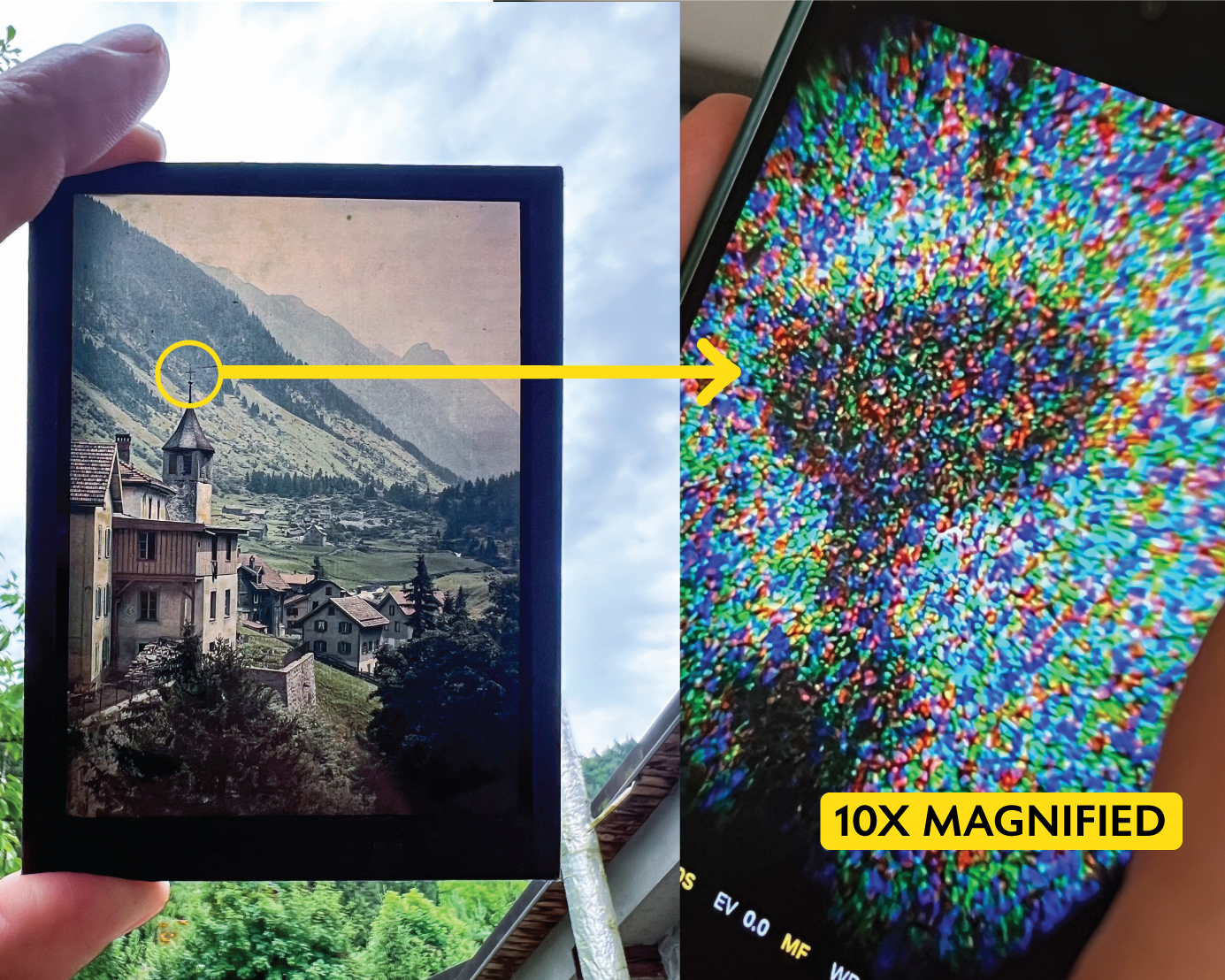
My Love Affair with the Autochrome
It all began with a plate shimmering in the light.
The first time I placed an Autochrome on a lightbox, I felt as if I were staring through time itself, into a moment made of color and silver, air and dust. The way those tiny dyed grains of potato starch came alive under magnification, forming a tapestry of living color, was absolutely hypnotic.
As a maker and experimenter in photographic chemistry, I could not resist going deeper. What were these colors made of? How did the Lumière brothers manage such brilliance with nothing more than starch, dye, and glass?
The answers led me down a rabbit hole into a forgotten world of mosaic color processes, each one a creative solution to the same riddle: How can we trap the full spectrum of light on a single plate?
An original Lumière Autochrome plate from Zebra Archive, with light literally passing through a century of history.
What started as admiration for Autochrome soon became an obsession. The more I learned, the more I realized how each invention, whether German, French, or British, was part of a grand conversation about the nature of color itself.
From Autochrome to the Broader World of Mosaic Colour
Lumière’s Autochrome may have been the first to succeed commercially in 1907, but it certainly was not the first attempt to build a color mosaic. Across Europe, inventors were experimenting with different ways to break light into its primary components, red, green, and blue, and recombine them through optical magic.
Some used starch grains, others dyed gum droplets, or even printed geometric screens of lines and squares. All worked on the same principle of additive color, where light filtered through colored elements combined in the viewer’s eye to reproduce natural hues.
Additive color processes such as Autochrome and Agfa create color by mixing light. Later subtractive films like Kodachrome formed colors by filtering dyes.
Each process carried the mark of its maker: French precision, German engineering, or British practicality. Each brought its own character:
- The soft, pointillist glow of Lumière’s Autochrome.
- The luminous transparency of Agfa’s gum mosaics.
- The geometric regularity of Dufay’s printed lines.
- The pastel charm of Paget’s checkerboard screens.
Some were designed for art, others for science or cinema. Many failed, but all contributed to the language of color photography we still use today.
💡 Interesting Fact: If you look closely at a digital camera sensor or smartphone screen, you will still find a mosaic of red, green, and blue filters. It is the same principle that powered Autochrome more than a century ago.
The Aim of This Exploration
This article is both an homage and a guide, bringing together history, science, and aesthetics in one place.
Over the years I have photographed, researched, and compared nearly every known mosaic-screen colour process from 1907 to 1955. Here, I share their stories, their microscopic textures, and what makes each of them uniquely beautiful.
You will see:
- The irregular rainbow grains of Lumière’s Autochrome.
- The rolled gum droplets of Agfa’s wartime screens.
- The checker patterns of Paget plates.
- And even the ultra-fine mosaics of the last additive film, Mondiacolor (1955).
A century of color mosaics, from Autochrome’s grainy poetry to Mondiacolor’s refined precision.
This is not just a catalog of colour processes. It is a story about human curiosity and the persistent dream of capturing light as we truly see it.
Understanding Mosaic Screens
Each mosaic screen process relied on the additive color principle. A layer of microscopic filters allowed specific wavelengths of light to pass. When viewed by transmitted light, the red, green, and blue filters mixed optically to form all colors of the spectrum.
A thin photographic emulsion was placed directly behind the screen. During exposure, light passed through these filters and struck the emulsion. After processing through a reversal development, a positive silver image appeared. The dark silver areas blocked light, while the transparent parts let colored light shine through.
In all additive mosaic processes, color forms in the viewer’s eye as light passes through millions of tiny filters.
💡 Interesting Fact: Autochrome plates transmitted only around seven percent of the light that reached them, which is why early photographers often needed exposures of several seconds even in daylight.
The Colour Screen Revolution: Early 20th Century Pioneers
1907 – The Autochrome
The Lumière brothers of Lyon were already world leaders in photographic materials when they introduced the Autochrome. Using microscopic potato-starch grains dyed orange-red, green, and violet, they created the first color plate that anyone could use with a standard camera.
Pénichon, Sylvie (2013): Twentieth Century Colour Photographs. The Complete Guide to Processes, Identification & Preservation. London, Los Angeles: Thames & Hudson, p. 70.
After exposure, the plate was developed to a black-and-white negative, bleached, and then redeveloped in the light to form a positive transparency. The resulting image glowed softly, filled with painterly tones and impressionistic texture.
Each plate contained around four million dyed starch grains per square inch. Their random distribution gave Autochromes their unique charm, though also caused clumping of colors and slight irregularities across the image.
💡 Interesting Fact: When examined under polarized light, the starch grains reveal a tiny Maltese cross pattern, a telltale feature still used to identify original Autochromes.
1908 – Thames Colour Plate
Developed by Clare Livingston Finlay and introduced by the Thames Colour Plate Company, this system used a pattern of small colored circles dyed in green, red, and blue.
The process was about eight times faster than Autochrome thanks to its high light transmission, but its coarse pattern produced a slightly mechanical “liney” effect.
1909 – Dufay Dioptichrome (France)
Invented by Louis Dufay, the Dioptichrome used successive printings of dyed lines at right angles, creating red, green, and blue rectangles and lozenges.
It was several times faster than Autochrome and more regular in structure but suffered from pinholes and streaks caused by coating flaws.
A combined version, Dioptichrome-B, appeared in 1910 and remained on the market until the First World War.
Pénichon, Sylvie (2013): Twentieth Century Colour Photographs. The Complete Guide to Processes, Identification & Preservation. London, Los Angeles: Thames & Hudson, p. 32.
💡 Interesting Fact: Dufay later refined this principle into Dufaycolor, one of the most widely used color films of the 1930s.
1909 – Jougla Omnicolore (France)
The Jougla company produced Omnicolore, a mechanically ruled screen of intersecting dyed lines.
It offered high light transmission but rather flat color.
When Jougla merged with Lumière in 1911, Omnicolore disappeared, but it represents an important step toward industrial precision in screen manufacture.
1913 – Paget Colour Screen
The Paget system improved on Finlay’s concept with a checkerboard of colored squares arranged diagonally across the plate. It was a separate-screen process, meaning the photographer exposed through one color screen and viewed the image through another identical one.
Many surviving Paget images have a faint pink cast caused by uneven fading of the dyes.
Despite its quirks, the Paget system became widely used for documentation during World War I.
💡 Interesting Fact: Some of the earliest color photographs of the Great War were made on Paget plates by British and Canadian photographers.
1916 – Agfa Color and Agfacolor Plates
During World War I, German chemist J. H. Christensen developed a mosaic made from colored gum-dye droplets. Agfa adopted his process and launched the Agfa Color Plate in 1916.
Unlike the Lumière plates, the Agfa screens had no black filler, resulting in far greater brightness and transparency.
By the 1920s, Agfa refined the system into the New Agfa Color Plate with smaller, more consistent particles. These produced soft yet vivid images with a distinctive pointillist texture.
Agfacolor Plates (1932–1938) continued this evolution, featuring very fine particles visible only under high magnification.
💡 Interesting Fact: Some Agfa plates show dark halos around the red dots, caused by overlapping of colored droplets during coating.
1926 – Duplex Screen Plate
Inventor Charles Baker reintroduced the Paget-style screen with modern panchromatic emulsions made by Wellington and Ward. Marketed as the Duplex Screen Plate, it offered greater sensitivity and improved registration, though it only lasted a few years before disappearing from the market.
1929 – Finlay Positive Colour Screen
Clare Finlay later created the Finlay Positive Colour Screen, which included printed color registration marks along the edges for perfect alignment during printing.
Although a fully combined version called Finlaychrome was announced, it may never have been sold commercially.
These screens produced brilliant transparencies that could also be used for color separation printing. Finlay’s designs represent the last major evolution of the separate-screen principle.
1931 – Filmcolor, Lumicolor and Alticolor
As technology advanced, Lumière adapted the Autochrome principle to flexible film bases.
Filmcolor (introduced in 1931) used smaller and more uniform starch grains. Lumicolor followed in 1933 for roll film cameras, and finally Alticolor in 1952, which omitted the black carbon filler entirely, allowing brighter, more transparent colors.
Pénichon, Sylvie (2013): Twentieth Century Colour Photographs. The Complete Guide to Processes, Identification & Preservation. London, Los Angeles: Thames & Hudson, p. 76.
These later films retained the optical beauty of the original Autochrome but with improved portability and finer detail. They marked the final chapter in Lumière’s long exploration of additive colour.
1932 – Agfacolor Film
As cameras shifted to roll film, Agfa transferred its mosaic to a celluloid base. The flexible Agfacolor Film was easier to handle and provided consistent, saturated colors, though the thick base often curled with age.
This film bridged the gap between the early additive systems and Agfa’s revolutionary subtractive process, Agfacolor Neu, introduced in 1936.
Conclusion: The Living Legacy of Colour Light
Standing before an Autochrome, it is impossible not to feel awe. Each plate is both art and science, a dance of light through millions of microscopic grains. The photographers who worked with these fragile materials more than a century ago were not simply taking pictures; they were performing experiments in light itself.
The journey from the first luminous mosaics to the last refined films tells a story of relentless curiosity. From the Lumière brothers’ potato starch to Agfa’s gum droplets and Dufay’s printed screens, every inventor contributed a new way of translating nature’s colors into glass and silver. Each process, no matter how fleeting, represented a step toward the vibrant photographic world we now take for granted.
Even today, when every phone captures color effortlessly, these early processes still speak to something deeper: patience, craftsmanship, and the tangible magic of light filtered through matter. They remind us that color was once handmade, coaxed from chemistry and imagination.
At Zebra, our passion for these pioneering techniques goes beyond admiration. It is no secret that we dream of recreating true Autochrome screens, to once again see light pass through dyed starch mosaics made by hand.
This is one of the most complex photographic techniques ever attempted, requiring specialized machinery and great precision. Yet it is a challenge we are determined to meet, guided by the same spirit of innovation that inspired the Lumières.
Caption: Preparation of Autochrome colour screens
If you share this fascination with the origins of color photography, you can help bring it to life. By supporting Zebra through our handcrafted photographic gear and equipment, you directly contribute to the research and development that will make the return of Autochrome possible.
Together, we can ensure that the shimmering beauty of early color lives again, not just in museums but in the hands of modern photographers.




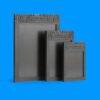









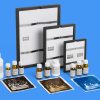

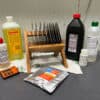

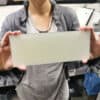
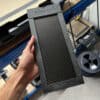

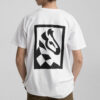
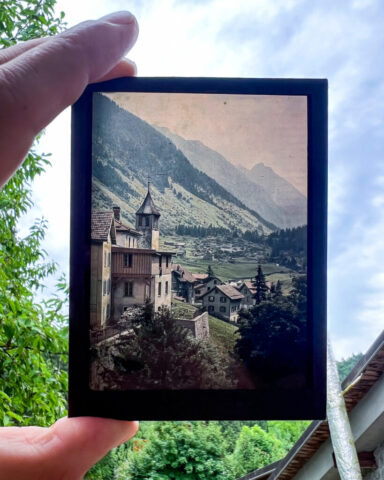
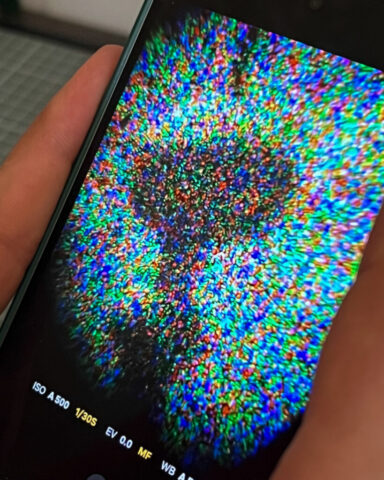


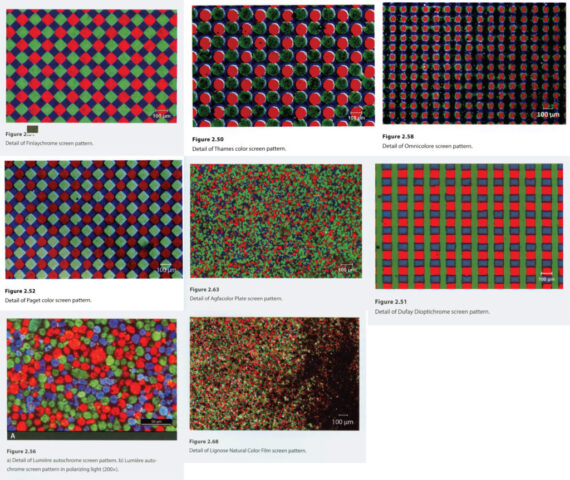


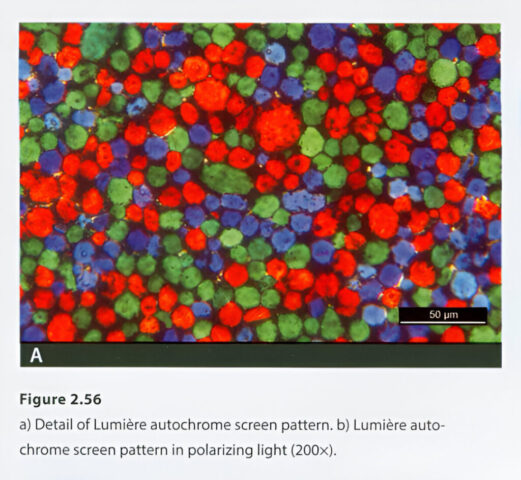
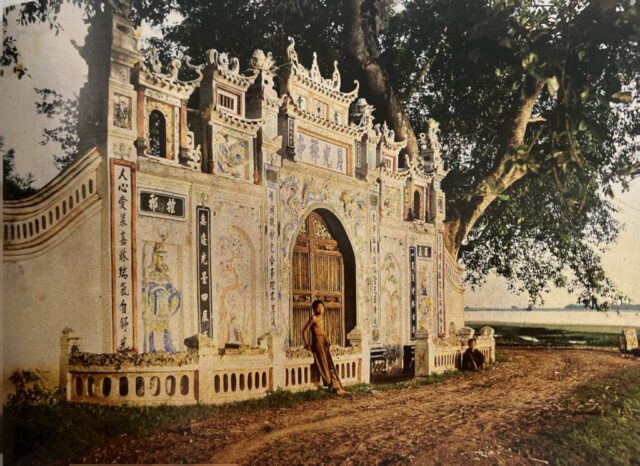
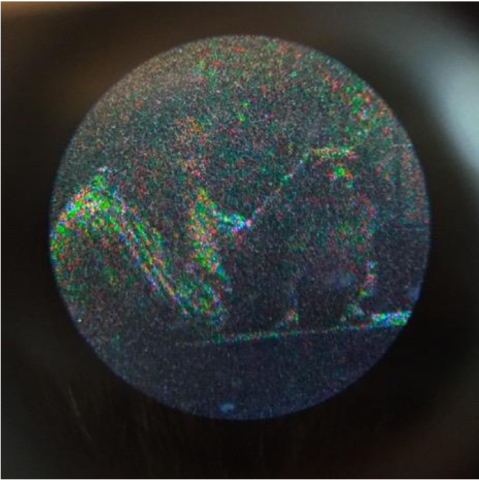
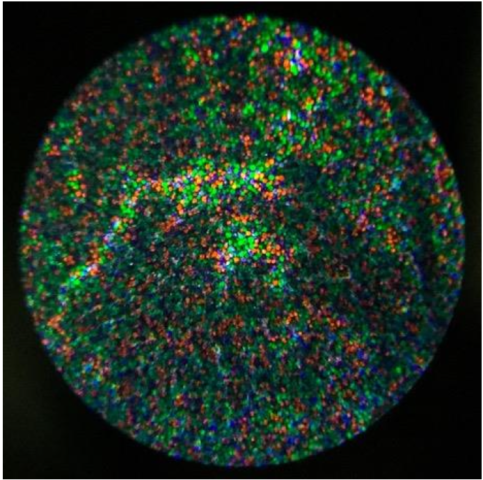
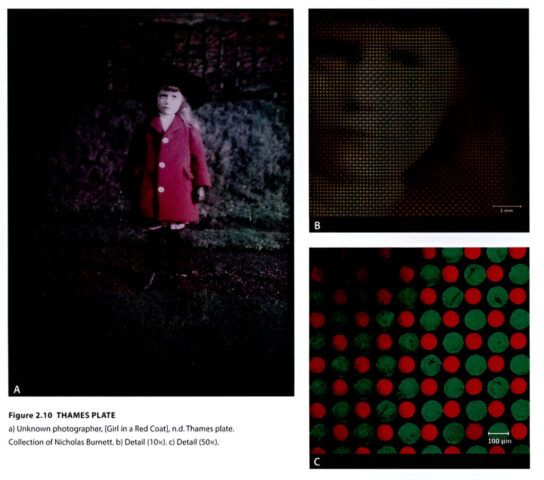
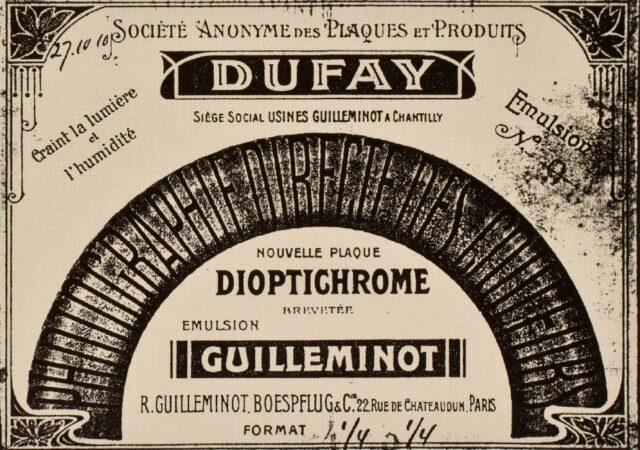
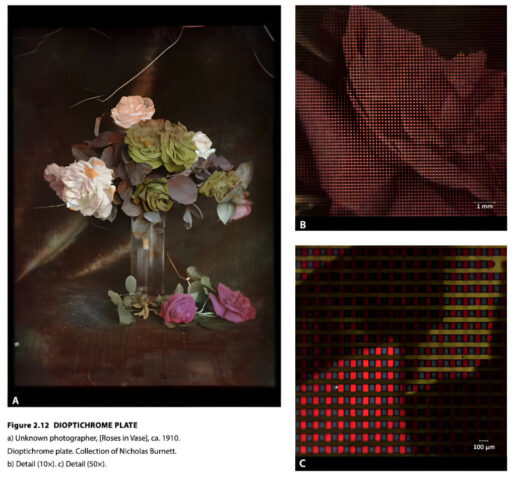

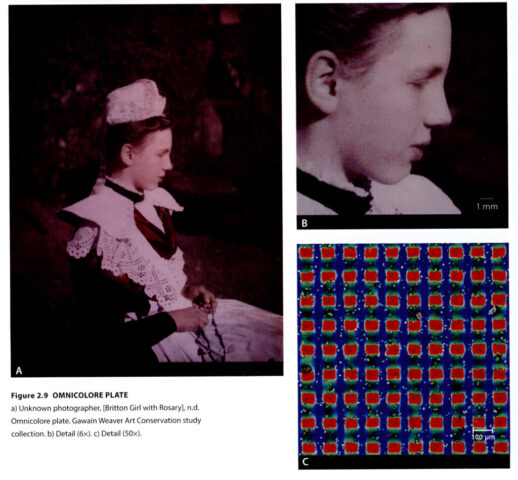

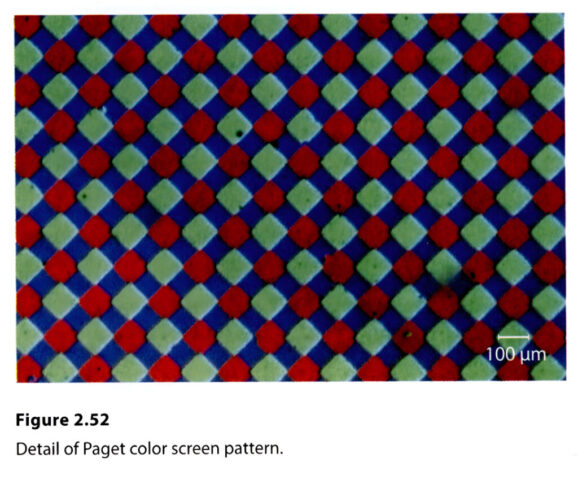
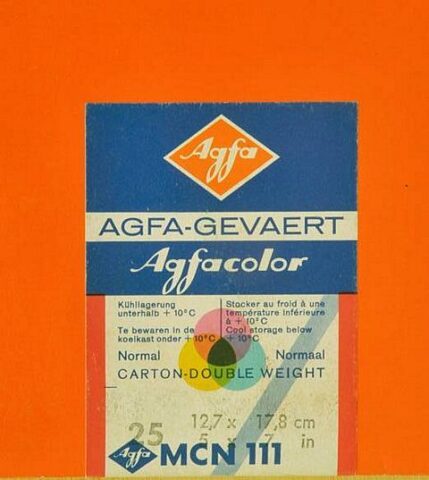

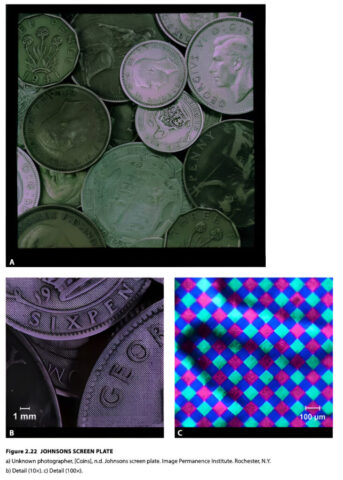
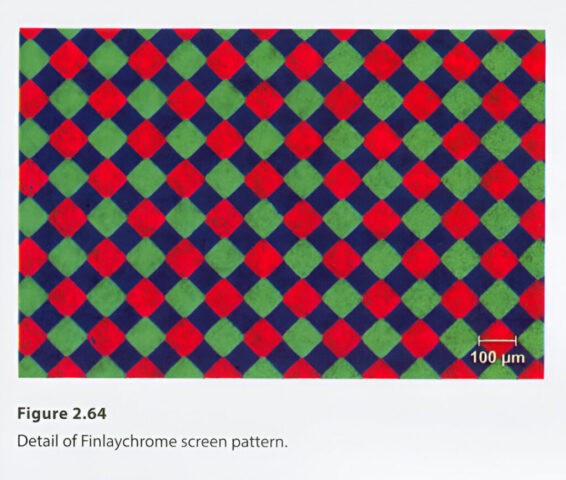

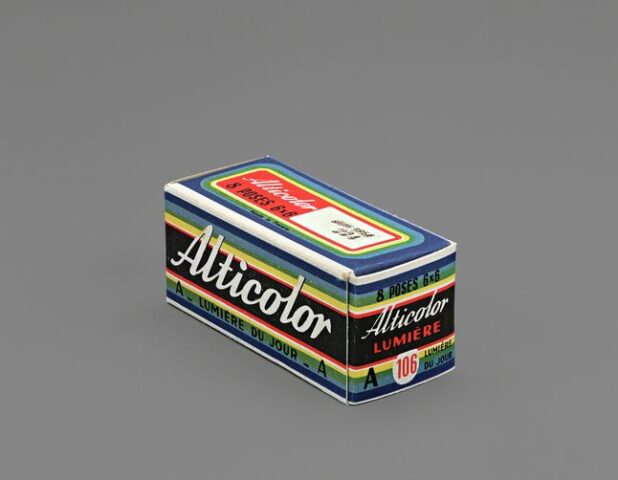
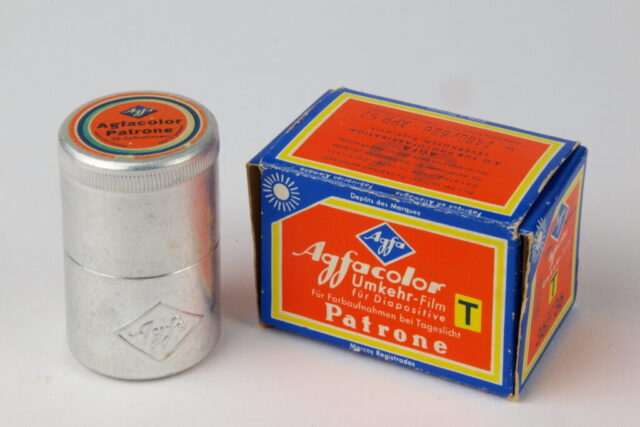

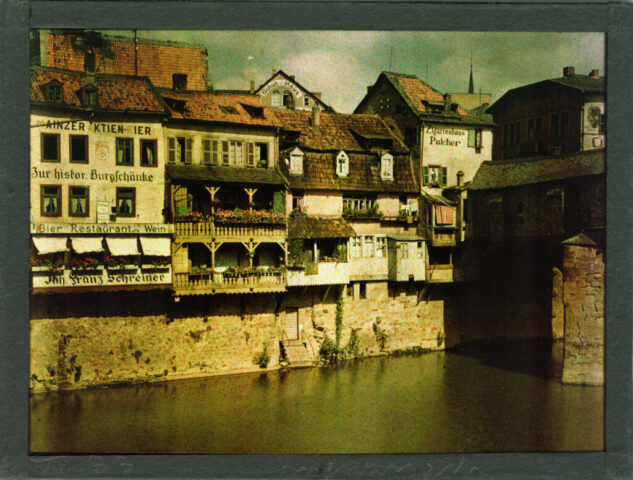


I’ve dreamed of using the autochrome process since I heard about it years ago.
Gentleman,
please continue with the endeavor of recreating the Autochrome photography process. This project has genuine historical and technical significance, and I’d love to see you make this happen. Make no mistake, if you can pull it off and package the plates, I will most certainly be purchasing them, no matter the cost…
Good luck!
Fantastic, very interesting.
And fabulous project .
Cheers
I’ve been interested in these since I saw a video on Youtube by Technology Connections. https://www.youtube.com/watch?v=hE3KjKg69ZA
If you ever market them, I will buy some.
Are you launching a crowd-funded project around this ? I m sure many photographers would support you.
Good luck !
Hey,
You know what I have been thinking in this direction more and more seriously!
Thank you for the wishes 🙂
I was lucky enough to get to go through the autochrome collection in the basement of the National Geographic headquarters in D.C. Incredible experience. It is an unbelievable mystery why in the age of such technology, no one has been able to reproduce the process.
Crazy 🙂
Looking forward to trying ZebrAutoChrome plates, Nejc. 🙂
Me to 😀
Hello
I’m also researching Autochrome. I’ve managed to make the regular emulsion. I’m also nearing completion on the starch-based color filters. The problem is the panchromatic emulsion. Working in complete darkness is extremely difficult. How do you overcome that?
Yes Panchromatic emulsion is one of the more trickier parts to make and to coat. We plan on coating the plates with our new coating machine. i think this is the only way of achieving nice and thin coatings which is essential for reverse developing.
Somę time ago I discovered the autochrome process, it looked a huge endeavor to take by myself, I’m glad to see you working on it 🙂